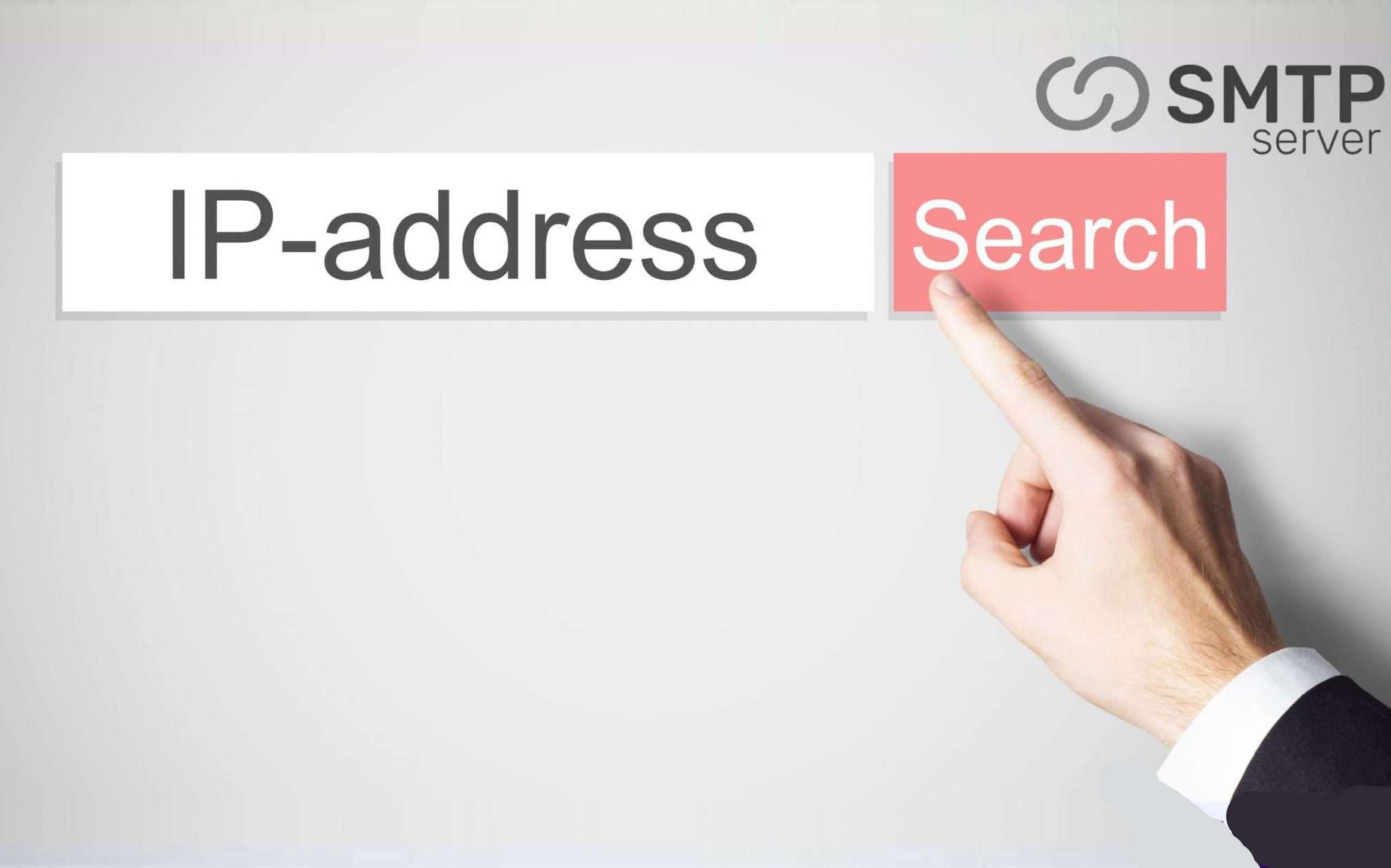27,385 total views, 17 views today
Email routing is the process of directing email messages from the sender to the recipient. The routing of emails is achieved through the use of Simple Mail Transfer Protocol (SMTP) servers, which are responsible for the delivery of emails.
Email routing is an important aspect of the email infrastructure as it enables emails to reach the intended recipient in a timely and secure manner. The routing of emails involves several steps, including:
Email Transmission: The process of sending an email from the sender’s device to the recipient’s device. The email is transmitted over the internet or a private network.
Email Relay: The process of transferring emails from one SMTP server to another, typically through the use of a relay server. This is necessary when the recipient’s email server is located on a different network than the sender’s email server.
Email Delivery: The process of delivering an email to the recipient’s email client or service, such as Microsoft Outlook, Gmail, or Apple Mail.
Email routing is typically performed by Internet Service Providers (ISPs) or email delivery services, such as Google Workspace or Microsoft Exchange. These organizations are responsible for ensuring that emails are delivered to the intended recipient and for maintaining the security of the email infrastructure.
To ensure optimal email routing, it is important to properly configure the SMTP servers and email clients or services. This includes setting up the correct email addresses, port numbers, encryption methods, and other relevant settings.
One of the key challenges in email routing is the issue of spam and malicious emails. To combat this, ISPs and email delivery services employ various spam filtering technologies and security measures to identify and prevent unwanted or harmful emails from reaching the recipient.
In conclusion, email routing is a critical aspect of the email infrastructure that enables emails to be delivered from the sender to the recipient in a timely and secure manner. By properly configuring SMTP servers and email clients or services, organizations can ensure optimal email routing and protect against unwanted or malicious emails.
Additionally, it is important to regularly monitor email routing to ensure that emails are being delivered as expected. This includes monitoring the delivery rate, response time, and bounce rates, as well as tracking any errors or delivery issues that may occur.
Organizations can also implement best practices for email routing, such as using email authentication protocols, such as SPF, DKIM, and DMARC, to verify the identity of the sender and protect against fraudulent emails.
Furthermore, the use of email encryption can also help to secure email communication and prevent sensitive information from being intercepted during the email routing process. This can be achieved through the use of encryption protocols, such as SSL and TLS, which encrypt the email messages as they are transmitted over the internet.
It is also recommended that organizations implement email archiving solutions to store and manage their emails in a secure and compliant manner. This can help to ensure that emails are properly managed and can be easily retrieved in the event of an audit or legal request.
In conclusion, effective email routing is essential for organizations looking to ensure the timely and secure delivery of emails. By following best practices and implementing appropriate security measures, organizations can ensure that their email infrastructure is optimized for efficient and secure email communication.
Another important aspect of email routing is disaster recovery planning. This involves preparing for unexpected events, such as hardware failures, natural disasters, or cyber-attacks, that may impact the delivery of emails.
Organizations can implement disaster recovery plans that include backup and recovery procedures for their email infrastructure. This may involve creating backups of their email servers, email data, and configuration settings, and regularly testing these backups to ensure that they are functioning correctly.
Another important aspect of disaster recovery planning is the use of redundant systems and network infrastructure. By having multiple servers and network paths, organizations can ensure that their email infrastructure remains operational even if one or more components fail.
Finally, organizations can also consider implementing a hybrid email infrastructure, which combines on-premise email servers with cloud-based email services. This can provide organizations with the benefits of both on-premise and cloud-based email infrastructure, while also ensuring that emails are delivered even if one system fails.
In conclusion, disaster recovery planning is an essential aspect of email routing. By implementing backup and recovery procedures, using redundant systems, and considering a hybrid email infrastructure, organizations can ensure that their email infrastructure remains operational even in the event of unexpected disruptions.





